Silver Bars as a Hedge Against Inflation: What You Need to Know
In an era of economic uncertainty, where inflation rates can erode the purchasing power of your savings, investors are increasingly turning to precious metals for protection. Silver bars, in particular, have emerged as a popular choice for those seeking to diversify their portfolio and safeguard wealth. As a tangible asset with intrinsic value, silver offers a reliable hedge against inflation, much like its counterpart, gold bars. But what exactly makes silver an effective inflation protection tool? In this post, we’ll explore the key aspects of investing in silver, its historical performance, benefits, risks, and practical tips for getting started.
Understanding Inflation and the Need for a Hedge
Inflation occurs when the general price level of goods and services rises over time, diminishing the value of currency. Central banks often respond by printing more money, which can further devalue fiat currencies. This is where precious metals investment comes into play. Unlike paper money, silver has been used as a store of value for thousands of years due to its scarcity and industrial applications. During periods of high inflation, such as the 1970s, silver delivered impressive returns—up to 1,546%—outpacing inflation and preserving wealth.
Silver’s role as an inflation hedge stems from its limited supply and demand-driven pricing. When inflation rises, investors flock to assets like silver bullion, driving up prices and offsetting losses in other areas of a portfolio.
Historical Performance of Silver During Inflationary Periods
Looking back, silver has proven its mettle as an investment during turbulent times. Over the past decade, silver prices have often outpaced real inflation, with notable gains of over 20% in recent years. For instance, in inflationary environments, silver’s value tends to rise as it serves as a safe haven, similar to gold. However, experts note that gold is typically less volatile than silver during such periods, making silver a more aggressive option for those willing to tolerate fluctuations.
In 2025, amid ongoing global economic pressures, silver continues to offer diversification against currency devaluation. Historical data shows that physical silver, such as bars or coins, performs well when paper assets falter, providing a buffer in times of economic uncertainty.
Benefits of Investing in Silver Bars
Choosing silver bars for your precious metals investment strategy comes with several advantages:
- Affordability and Accessibility: Silver is more affordable per ounce than gold, allowing investors to buy larger quantities and potentially amplify returns.
- Industrial Demand: Beyond its role as an investment, silver is essential in industries like electronics, solar energy, and medicine, which supports long-term price stability.
- Portfolio Diversification: Adding silver to your holdings can reduce overall risk, as it often moves independently of stocks and bonds.
- Tangible Asset: Unlike digital investments, physical silver bars provide a sense of security—you can hold them in your hand.
- Inflation Protection: Silver’s intrinsic value helps maintain purchasing power when currencies weaken.
For those interested in both silver and gold, combining the two can enhance diversification, as they respond differently to market forces.
Risks to Consider When Buying Silver
While silver as an investment has strong appeal, it’s not without drawbacks:
- Volatility: Silver prices can swing dramatically due to industrial demand and speculative trading, more so than gold.
- Storage and Security: Physical silver requires safe storage, which may involve costs for vaults or insurance.
- Liquidity: Selling silver bars might not be as straightforward as stocks, especially in smaller markets.
- Opportunity Cost: During low-inflation periods, silver may underperform compared to other assets.
Always consult a financial advisor to assess if silver fits your risk tolerance and investment goals.
How to Buy Silver Bars: Practical Tips
If you’re ready to invest in silver, start with reputable dealers to ensure authenticity and purity. Look for bars from recognized refiners like Heraeus or PAMP Suisse. Physical silver in the form of bars or coins is ideal for inflation hedging.
One notable supplier is Gold Land Merchants Limited, an authorized distributor of internationally recognized gold and silver refiners, including Umicore, Heraeus, PAMP Suisse, and Metalor. As a leading provider in regions like Europe, they offer high-quality precious metals, making them a go-to for investors seeking pure silver bars or gold. Visit their website at https://goldlandmerchantslimited.com/ to explore options and buy silver online securely.
When purchasing, consider factors like premiums over spot price, shipping, and taxes. Start small to build your position gradually.
Conclusion
Silver bars stand out as a robust hedge against inflation, offering protection in an unpredictable economy. By incorporating silver into your strategy—alongside gold for balanced diversification—you can better navigate rising prices and preserve your wealth. Remember, while historical trends are promising, past performance isn’t a guarantee of future results. Stay informed on silver prices and market conditions to make savvy decisions.
For more insights on precious metals, keep exploring trusted sources and consider professional advice.
Silver bars,
Hedge against inflation,
Invest in silver,
Silver bullion,
Precious metals investment,
Gold bars,
Inflation protection,
Buy silver online,
Silver as investment,
Economic uncertainty,
Diversify portfolio,
Physical silver,
Silver prices,
Gold and silver,
Bullion dealers.

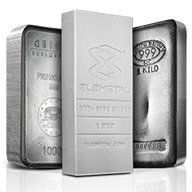
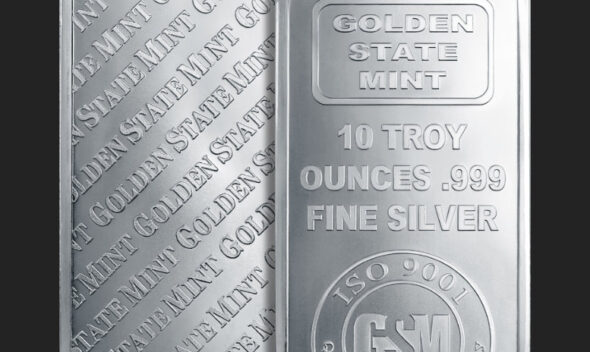
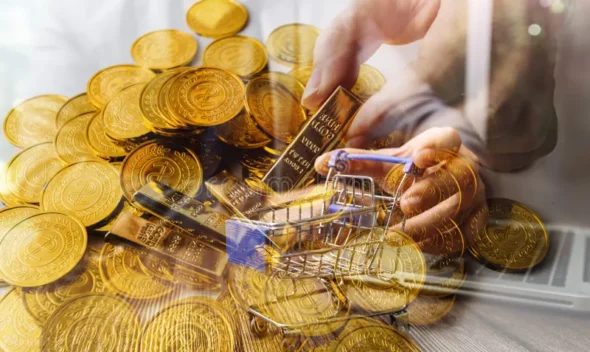
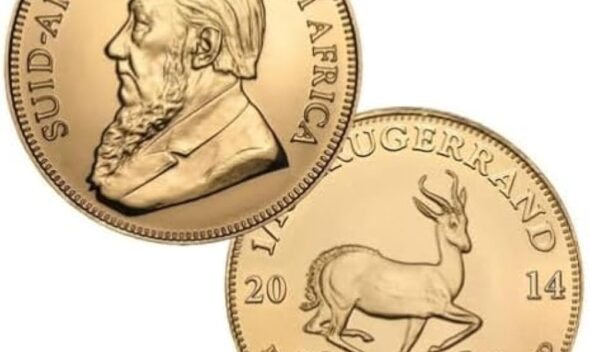
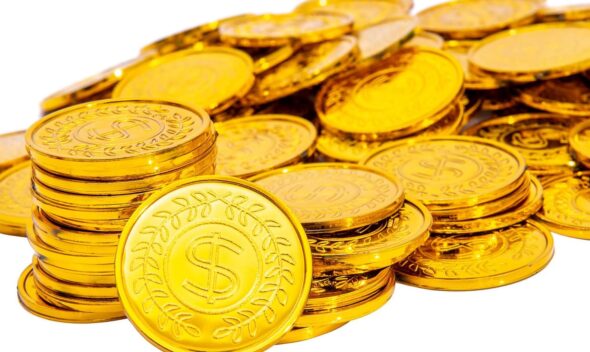
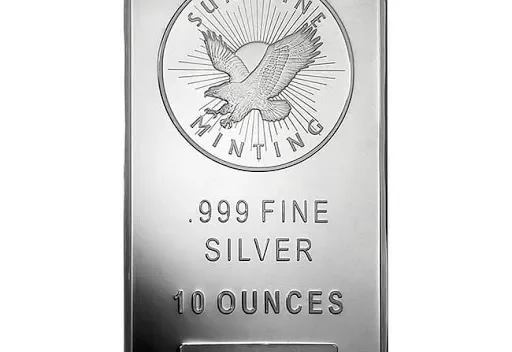
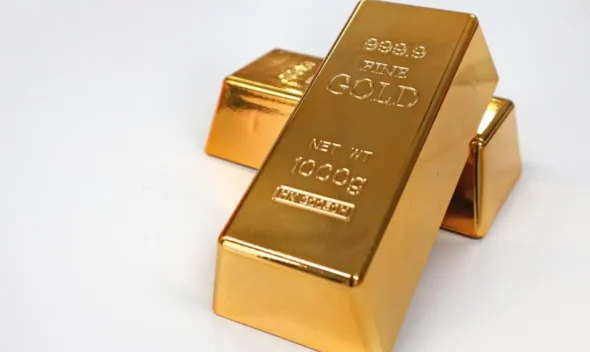
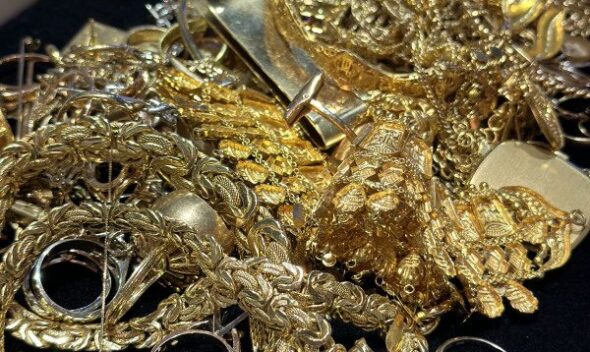
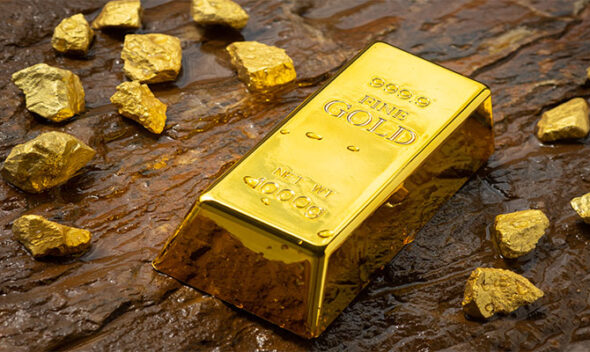
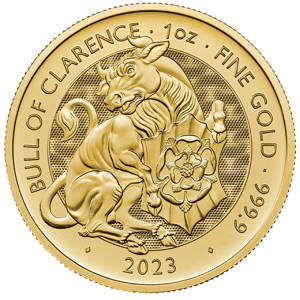
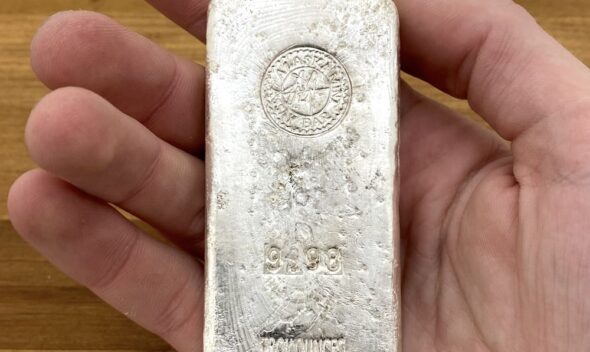
Leave a comment